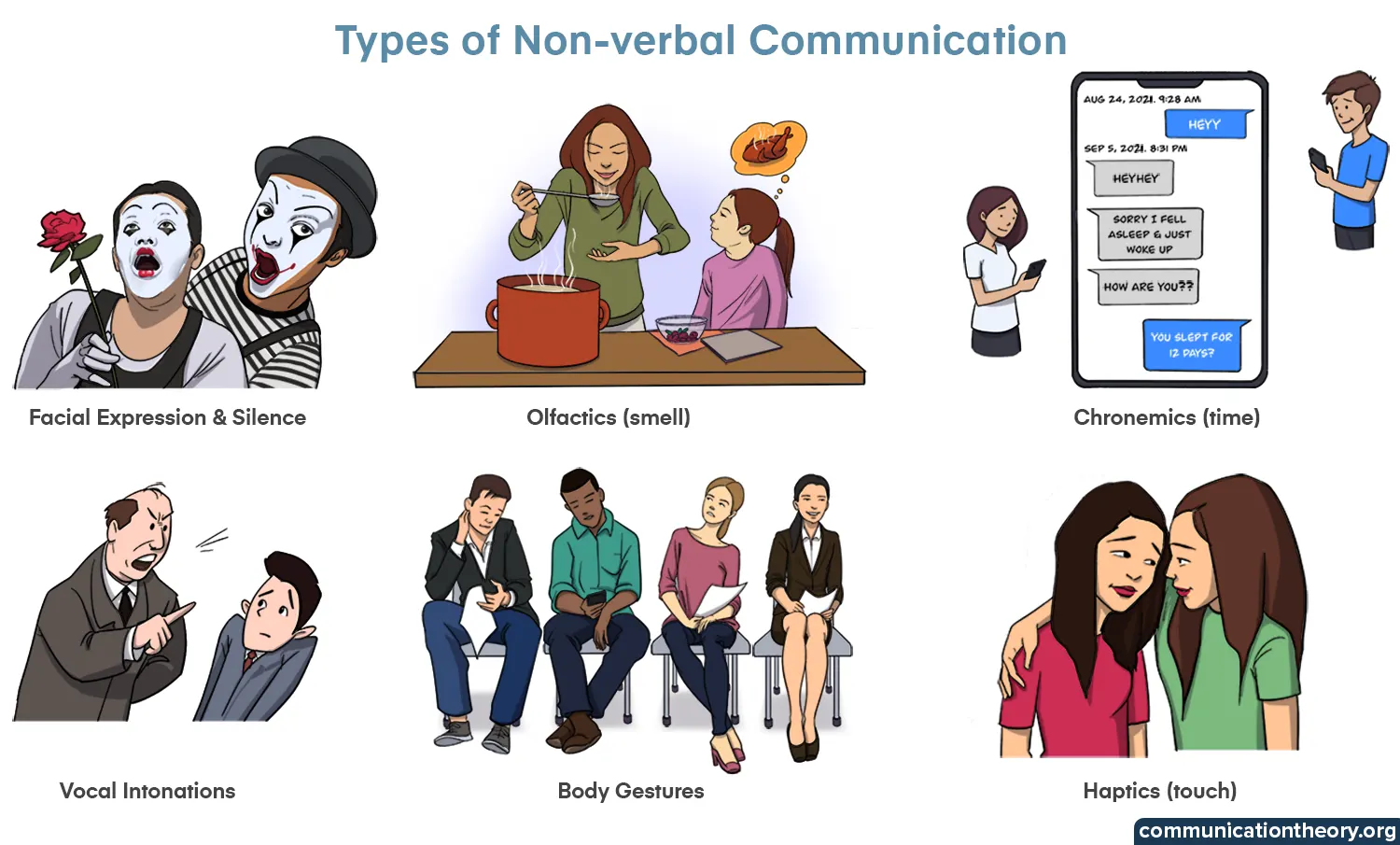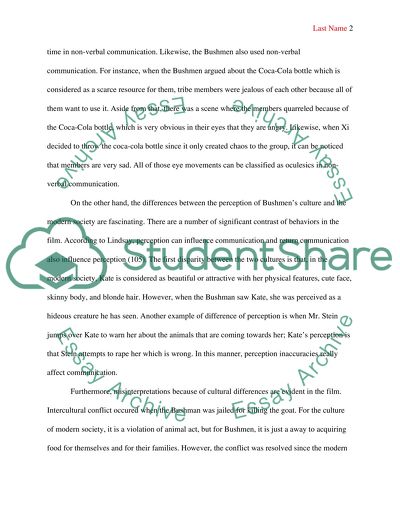Nonverbal communication, or the use of body language, gestures, and facial expressions to convey meaning and emotions, is an important aspect of human interaction that can be observed in movies as well. While verbal communication, or the use of words to convey meaning, is often the primary focus of a movie's dialogue, nonverbal communication can also play a significant role in conveying character personalities, relationships, and emotions.
One way that nonverbal communication is used in movies is through facial expressions. A character's facial expressions can reveal their emotions and thoughts, even when they are not speaking. For example, a character may raise their eyebrows in surprise, furrow their brow in anger, or smile with joy. These facial expressions can help to convey the character's emotional state and can be used to further develop their personality and relationships with other characters.
Body language is another important aspect of nonverbal communication in movies. The way a character stands, sits, or moves their body can convey a wide range of emotions and intentions. For example, a character may stand with their arms crossed in front of their chest to show that they are feeling defensive or closed off, or they may stand with their arms open and relaxed to show that they are open and welcoming. Similarly, a character may lean in towards another character when speaking to show that they are interested and engaged, or they may lean away to show that they are disinterested or uncomfortable.
Gestures are another form of nonverbal communication that can be observed in movies. These can include hand gestures, such as waving or pointing, or other physical actions, such as hugging or shaking hands. Gestures can be used to convey a wide range of emotions and intentions, and can be used to further develop a character's personality and relationships with other characters.
In addition to conveying character emotions and personalities, nonverbal communication can also be used to convey the overall mood and tone of a scene or movie. For example, a tense and dramatic scene may be characterized by tense body language and serious facial expressions, while a light-hearted and comedic scene may be characterized by more relaxed and playful body language and facial expressions.
Overall, nonverbal communication plays a significant role in movies, helping to convey character emotions, personalities, and relationships, as well as the overall mood and tone of a scene or movie. By paying attention to nonverbal cues, viewers can gain a deeper understanding of the characters and the story being told.








